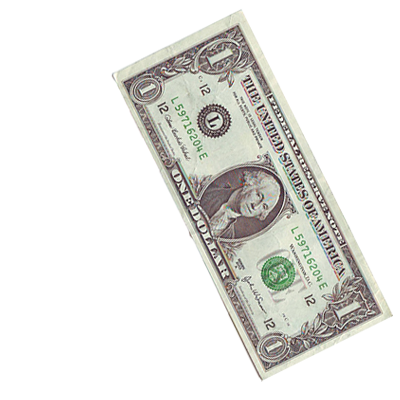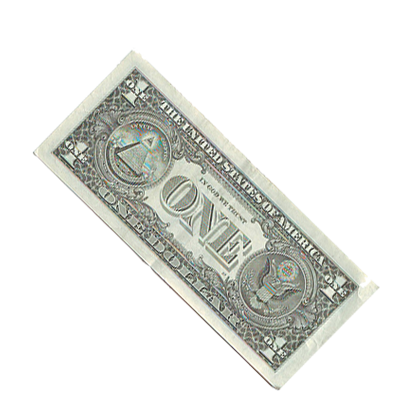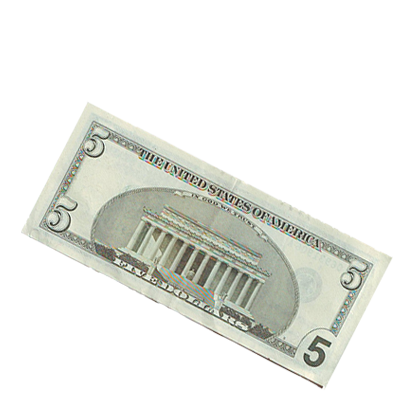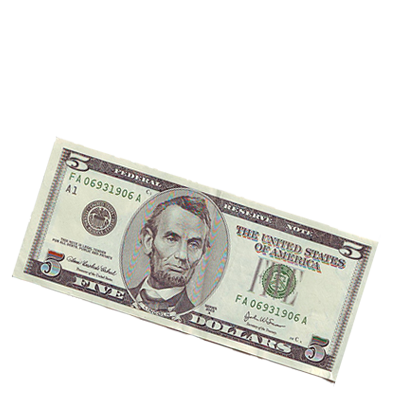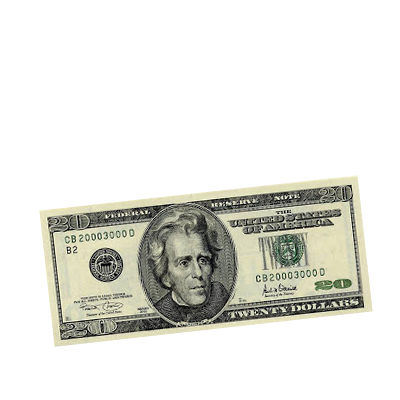Every bankruptcy has three parties: Debtor, Trustee, and Creditor. The creditors are typically the entities or people that brought us to bankruptcy in the first place. If we had the ability to pay them there would be no reason to contact a bankruptcy attorney. Creditors can be grouped into three categories: Secured, Unsecured, and Priority. On top of that creditors also get a classification of dischargeble or nondischargeable depending on the origin of the debt and what effect the bankruptcy discharge will have on it.
Secured creditors are those that financed some sort of collateral that the debtor is holding; most commonly a mortgage, car payment, jewelry, or furniture purchase. Secured creditors must be paid off in full if you want to keep the collateral. The bankruptcy code allows you to modify some secured creditors to unsecured status like second mortgages in lien strips, or to partially modify them in vehicle loan cram downs wherein you will pay only market value of the vehicle as secured and treat the remaining balance as unsecured. Secured debt can be discharged in bankruptcy but the collateral must be returned or the debt must be paid back in full or partially depending on whether you qualify for a cram down or an all out strip off of your secured loan.
Unsecured creditors don’t have any collateral attached to the debt. Therefore this typically includes credit cards, medical bills, deficiency balances on houses, vehicles, rentals, old taxes, and even student loans. A majority of unsecured debt is always discharged in bankruptcy and none has to be paid back. However, some unsecured debt automatically get the classification of non-dischargeble: student loans, fresh taxes and unfiled taxes, unlisted creditors in asset cases, child support and alimony, governmental fine, penalty, or forfeiture, driving under the influence (DUI) related death or personal injury, non-dischargeable debt from a prior bankruptcy, some home owner’s association dues, and criminal restitution. These types of debts can never be discharged in any type of bankruptcy. There are four more types of unsecured debt that can be considered non-dischargeable but require an adversary proceeding, in other words, a lawsuit within your bankruptcy to prove up the non-dischargeable status. These categories are: debts incurred (1) by fraud, (2) by defalcation / fraud in a fiduciary capacity, (3) as a result of willful and malicious conduct, or (4) as property settlement in domestic relations cases.
Lastly, priority creditors are fresh taxes (last three years) and child support. Priority means they too cannot be discharged in your bankruptcy but they are basically considered more important than other debts. Priority creditors help lower your disposable income for means test calculation purposes because these are debts that must be paid back and count as a valid expense going forward, meaning that high earners can still qualify for a quick Chapter 7 bankruptcy. In an asset liquidation Chapter 7 case, priority creditors get paid ahead off all others, which is important because you want the debts you can’t discharge to be paid if you are electing to have some of your assets liquidated. Priority creditors can also be a burden in terms forming a feasible repayment plan because those debts must be repaid in full in any Chapter 13 reorganization plan. So a debtor who has an insurmountable amount of child support or tax debt can find it impossible to fund a Chapter 13 plan because all of that debt must be repaid back in five years or less under the longest allowable Chapter 13 plan.
It is always advisable to meet with a competent bankruptcy attorney to discuss your creditors, how they are classified, and to figure out how you can get rid of them. The type of creditors one has will dictate which Chapter of bankruptcy makes the most sense and will also establish realistic expectations of what debts will be discharged and which debts can cause potential pitfalls in the future.


